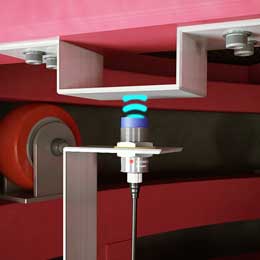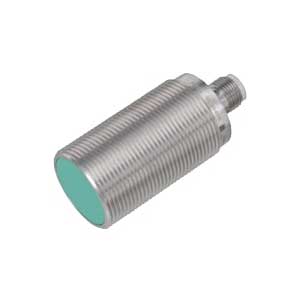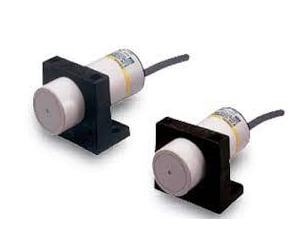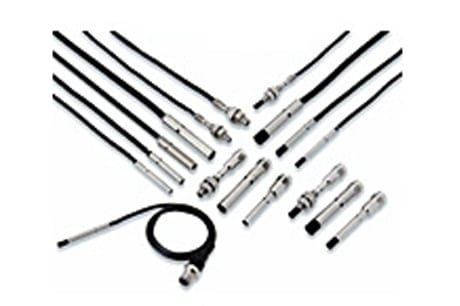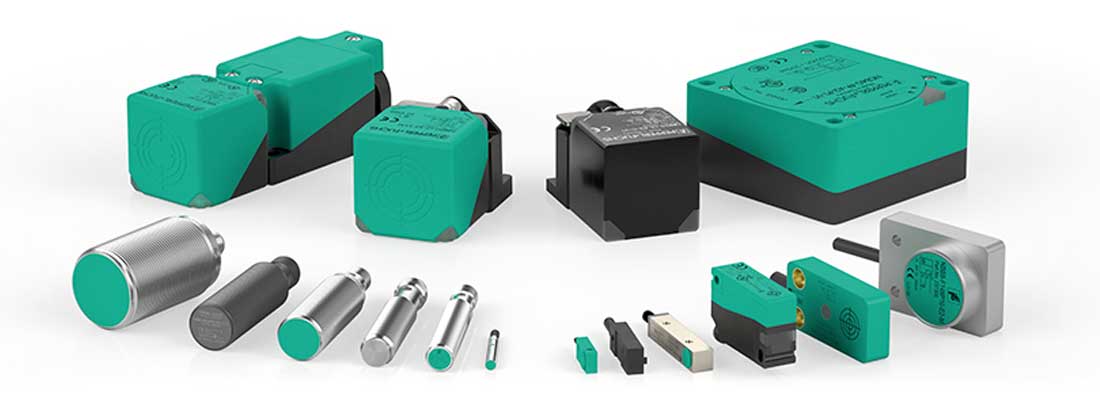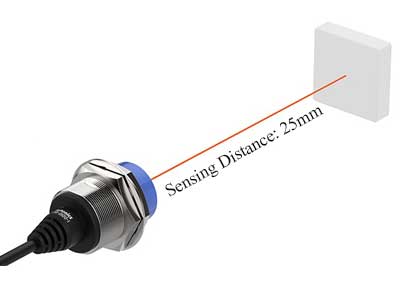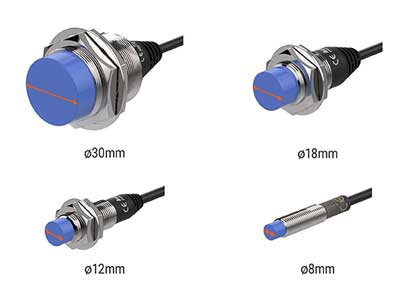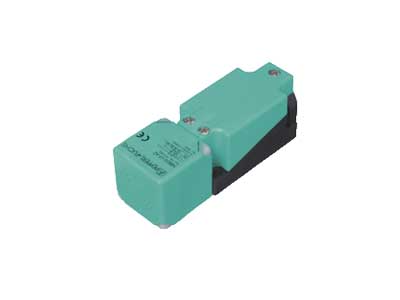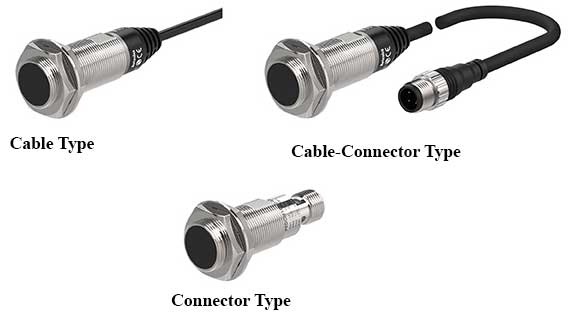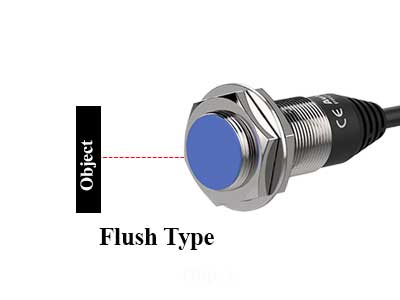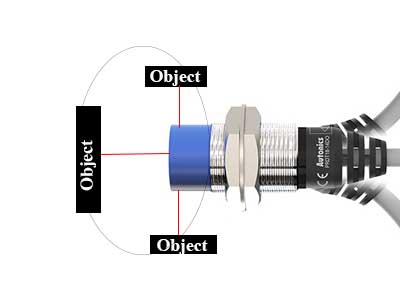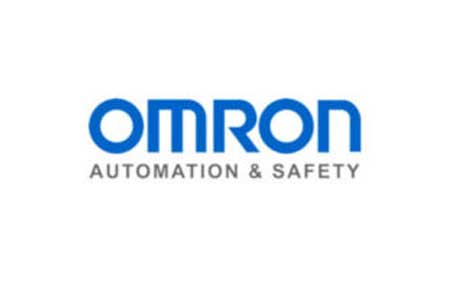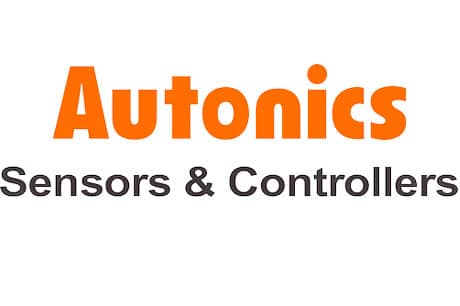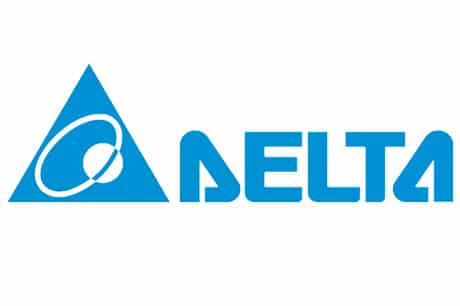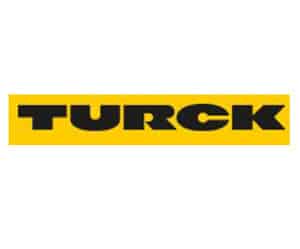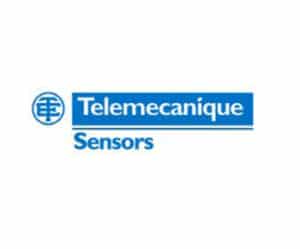Proximity Sensor Fundamental Guide
Sensors are the most basic, commonly used, and important components in Industrial Automation applications. It will detect the presence or obscene of the object, and transmit the signals electronically to the controllers.
What will you learn in this Proximity Sensor Guide?
- What is Industrial Proximity Sensor?
- How does Proximity Switch work?
- Types of Industrial Proximity Sensors?
- More about Inductive & Capacitive Sensor,
- Terms to know to choose Proximity Sensor,
- Applications of Proximity Sensors,
- Proximity Sensor Price ranges,
- Top Proximity sensors Manufacturers
More & More..
I can assure you at the end of this blog you are going to get a clear idea about Industrial Proximity Sensors.
Let’s Start..!
Contents
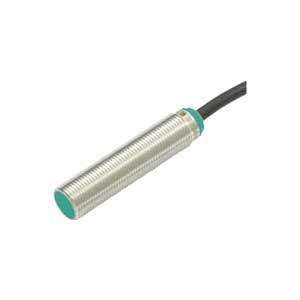
Chapter 1
Fundamentals of
Proximity Sensors
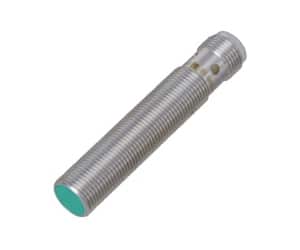
Chapter 2
Terms to know to choose
the Proximity Sensor

Chapter 3
Top 21 Manufactures of
the Proximity Sensors
Chapter 1
Fundamentals of Proximity Sensors
In Simple, Proximity sensors detect the presence or absence of any object or any target without any physical contact. It will send the presence or absence of an object signal into an electrical signal to the controllers.
In this chapter, we are going to discuss about what is a proximity sensor, the Difference between a Proximity sensor and a proximity switch, what is the use of proximity sensor, How does a proximity sensor work, the Type of industrial proximity sensor, what is capacitive proximity sensors etc.,
Let’s go inside.
What is a Proximity Sensor?
It’s also known as a Proximity Switch. A proximity sensor is one of the non-contact types of sensor. When the object or target enters the sensor field that detects the presence of an object without any physical contact.
Proximity sensors are one of the most important components in any industry like the Automotive Industry, Food & Beverage Industry, Process Industry, and Pharma Industry, Tire Industry, Textile Industry, Steel Industry to sense the object or targets.
Proximity sensors have long functional life because it is a non-contact sensor type, if there is no contact with mechanical Components so the sensor head or body is not going to damage and it has high reliability.
Based on the Proximity sensor type working principle will change. In this blog, you are going to know those working principles.
How does a proximity sensor works?
Proximity sensors work by transmitting data about the presence or absence of an object or target into an electrical signal. They provide an “on signal” when the object enters their range. Proximity sensor outputs are considered NC (normally closed) or NO (normally open), depending on the transistor condition based on the lack of a target.
If the PNP output is low or off when there is no target, we can assume that the device is normally open. Similarly, if the PNP output is high or online when not targeted, we can assume that the device is normally closed.
Based on the Type of Proximity Sensor working principle will change, In the coming chapters, we are going to discuss more about the Inductive Proximity Sensor and Capacitive Proximity sensor working principles.
Types of Proximity Sensors
But the most regularly used proximity sensors are Inductive proximity sensors & Capacitive proximity sensors.
What is the Inductive Proximity Sensor?
The inductive proximity sensor is a device that emits an electromagnetic field and detects changes in the field as object’s presence or absence.
An inductive proximity sensor consists of two coils: one fixed coil and one movable coil. When there is no object near the fixed coil, such as when it’s far away from any other objects, both coils produce equal signals. However, when an object approaches close enough to the fixed coil for its magnetic field to affect it, then the signal from the movable coil will change while that of the fixed coil.
What is the Capacitive Proximity Sensors?
The capacitive proximity sensor is a sensor that detects the presence of nearby objects without any physical contact.
This Capacitive sensor is used to check/Sense both metallic & non-metallic objects such as powders, liquids, granular, etc. This sensor works by observing a change in capacitance.
The main difference is that it has two charging plates for capacitance, one internal and one external. The connection of these two plates can be made as follows; the inner plate is connected to the oscillator, while the outer plate is used as the detection surface.
I hope you get some ideas about What is Proximity Sensor, Types of Proximity Sensors, Know about Inductive sensors, Capacitive sensors etc., in this chapter.
Now it’s time for the next chapter.
Chapter 2
Terms to know to choose the Proximity Sensor
In this chapter, we will discuss what are the terms to know when you are selecting a Proximity Sensor. It includes:
* What is Sensing Distance?
* What are NO and NC?
*What is PNP and NPN?
*What is Cable with Connector Type and more..
Let’s go inside.
Basics of Sensors Selection
Whenever I get inquiries from clients they simply ask “I need to buy a Proximity Sensor“. Most of the technicians and engineers don’t have any idea about when they are looking for proximity Sensors what technical specifications are required.
Whenever you are going to select Proximity Sensors of Any Make/Brand, these specifications will helpful to select the basic proximity sensor for your industrial Application.
Note: When you are selecting a special proximity sensor also these basics are needed.
The basic selection of sensors depends on the type of application, the variable of the product and the situation in the operating environment, and more.
What is Sensing Product?
As you know there are two major usage Proximity Sensors: 1. Inductive Proximity Sensor & 2. Capacitive Proximity Sensor. Both Working principles are different.
When you want a sense of metal objects then you go for Inductive Sensors.
When you want to sense Paper, Wood, Liquid, Glass, and Plastic then you go for Capacitive Proximity Sensor.
What is Sensing Distance?
As you know Proximity sensors are Contactless sensors.
Sensing ranges are the most important proximity sensor features to consider when you are going to select the Proximity Sensor. The sensing distance of a device is the distance at which an object triggers an on-signal. This is considered to be the maximum possible sensing range of the sensor.
The set distance is defined as the maximum constant detection range when temperature and voltage factors are considered and it is usually 70-80% of the sensing distance. Proximity sensor sensing range can range from a few millimeters to several meters.
Based on Sensor Head Dia Sensing Distance will vary like 1mm, 2mm, 4mm, 5mm, 8mm, 12mm, 15mm, 20mm, 25mm etc.,
Sensor Head Dia:
In the proximity Sensor, two types of designs are available like 1. Cylindrical Proximity Sensor 2. Rectangular Proximity Sensors.
Based on your application & installation possibilities you can choose Cylindrical or Rectangular designs.
In the market wide range of Cylindrical Proximity sensors dia available like M3, M4, M5, M6.5, M8, M12 Dia Proximity Sensors, M18, and M30 etc., (3mm, 4mm, 5mm, 6.5mm, 8mm, 12mm, 18mm, and 30mm)
But in the market mostly M8, M12 dia, M18 Dia, and M30 Dia are the very fast-moving and mostly usage dia’s.
Which Dia is suitable for your application?
In the Market, there are wide range of Rectangular or Cubic Proximity Sensors available. Always you should keep one thing in mind based on your application and Installation possibility you should select a Rectangular sensor. Brand to Brand product availability will vary.
Before you select the Cubic type Proximity Switch you should have an idea about How much Width, Height, and Length of the sensor is required, Whether you required Front face sensing or Side face sensing.
In the Market, Available Width: 5mm to 40mm, Heights: 5mm to 40mm; Lengths: 22mm to 118mm. (Note: it will vary from Brand to Brand).
Switching Function:
What is Normally Open (NO)?
When your sensors normally open, it means the output is ON when the target enters the sensing zone and when it is in the normal state the output is OFF. But when it enters the alarm state it applies +24V or 0VDC (Based on PNP or NPN) to the circuit.
What is Normally Closed (NC)?
When your sensors normally close, this means your output is OFF when the target is present. It applies + 24V when it is in the normal state but 0V is applied to it when it enters the sensing state.
Some Brands will offer NO & NC Switching functions in the same sensor.
Sensor Output:
When you are going to use 3 wire or 4-wire Proximity Sensor then you should know about PNP output & NPN Output.
What is PNP Output?
PNP means positive, negative, and positive. Also known as sourcing sensors” because they provide positive energy to the output. In the IO module, a PNP Proximity Sensor input pulls undriven to a higher level.
In simple, When the object reaches the Sensor, then from the sensor you will output a signal of 24VDC.
What is NPN Output?
NPN means negative, positive, and negative. Also known as “sinking sensors” because they sink the ground to the output. In the IO module, an NPN Inductive Sensor input is GND. when the undrive is pulled down to a low position.
In simple, When the object reaches the Sensor, then from the sensor you will output a signal of 0VDC.
In the Proximity Sensor, there are wide range of Sensor Outputs available like Relay Output, Two Wire, NAMUR Output Sensor, Analog Current Output, Analog Voltage Output, Digital Current Output, Digital Voltage Output, IO-Link, AS-Interface etc.,
What are 2 Wire Sensors?
2 Wire sensor is basically a loop-based device without the need for a separate supply voltage. 2 Wire devices are easy to connect in circuits with a positive or negative common, meaning you can insert them anywhere in the loop.
Electrical Connections:
There are 3 Types of Electrical Connections available in the Market.
What is Cable Type Sensor?
In simple, a Cable type of proximity sensor is nothing but with the sensor inbuilt cable will come. So no need to buy Sensors and Cables separately, It’s cost-saving. Cable Length 2Meter, 5Meter etc., Available types of Cables are PVC or PUR.
What is Connector Type Sensor?
In Simple, A connector type of proximity sensor is nothing but with a sensor no cable will come. This type of sensor is an easy installation process. We will get the Sensor connector end with M8 Dia or M12 Dia.
What is Cable-Connector Type Sensor?
In simple, A cable Connector type of Proximity sensor is nothing but with the sensor inbuilt cable will come and cable end side we will get a connector it may be an M8 connector or an M12 Connector.
Installation Design
There are Two Types of Designs available Flush or Shielded Proximity Sensor And Non-Flush or Un-Shielded Proximity sensors.
What is Flush Proximity Sensor?
When an object exactly reaches the sensor head, then the sensor will give the signal.
Flush-type sensors actually have a shield that restricts the magnetic field, so it will radiate only out of the face of the sensor.
What is a Non-Flush Proximity Sensor?
Non-flush, or unshielded sensors, do not have a shield around the sensor end so the field can radiate from the face to the sides of the sensor in a larger pattern. Compare to Flush Type, the Non-Flush Sensor Sensing distance is High.
For Example M12 Dia Flush Sensor Sensing Distance 4mm. Same M12 Dia Non-Flush Proximity Sensor Sensing distance 8mm.
Chapter 3
Top 21 Manufactures of the Proximity Sensors
When you required an Inductive Proximity Switch or Capacitive Proximity Switch for your application, you need to know which brands are manufacturing Proximity Sensors.
In this chapter, I will show you who the Top 21 Industrial Proximity Sensor Manufactures are.
Let’s start!
When you plan to purchase a Proximity Sensor for your application, you need to do some assignments. What are those? Suppose you analyzed your application and you have an idea of what specifications do you want.
Below I am sharing the Top 21 Proximity Sensor Manufactures based on the Indian market, these brands are the fast-moving Inductive Proximity Sensor & Capacitive Proximity Sensor Brands in India.
Let’s check who are the Top 21 Proximity Sensor Manufactures:
I hope you like this “The Top 21 Proximity Sensor Manufactures“.
Some of the above-mentioned brand’s supply material directly to the clients, or through dealers, and distributors, and some of the brands not supplying in India. In that case, no need to worry. If you share Technical Details with the known brands they can give the exact equivalent. Only 1-2% only Customized Sensor (We can’t get equivalent).

